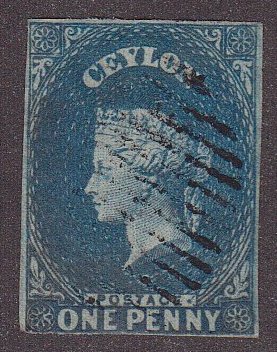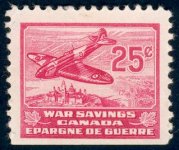American Philatelic Society honoring Admiral Richard E. Byrd
by Kenneth Perry
15th of January 2012
1933
Although he was not a trained artist, President Franklin Delano Roosevelt did have a better-than-average knowledge of the elements of design. And he certainly knew what he himself found appealing as a stamp collector. His designs reflect the world events that occupied his attention as President, as well as his more personal stamp collecting interests.
Roosevelt's first stamp design was done as a favor for a friend — Rear Admiral Richard E. Byrd, who needed help promoting his second Antarctic expedition. Postal enthusiast FDR insisted that the Post Office Department carry mail bearing this stamp to the expedition base to get a ‘Little America' Postmark that he knew would increase the value of the covers for collectors.
Since the Department had no means of providing for the transportation of this philatelic mail to Little America other than through the facilities of the Byrd Antarctic Expedition, arrangements were made with the expedition to accept covers for mailing through the Little America post office, bearing appropriate postmark, at a service charge of 50 cents for each letter, exclusive of the postage rate of 3 cents. The Little America stamp was first placed on sale October 9, 1933, at the Philatelic Agency, Post Office Department. The stamp was not distributed to post offices for sale to the public.

This stamp was issued for use on letters mailed through the Little America post office, established at the base camp of the Byrd Antarctic Expedition, in the territory of the South Pole.
Routes of the several Byrd flights are depicted by dotted lines, with the dates thereof in solid Gothic. Proposed new flights to the Antarctic and to the South Pole are also indicated. The position of the base camp is marked by a solid dark circle, with the wording "Little America" in solid Gothic extending parallel with the meridian to the west of the base. A clouded effect, heavy below and lighter at the top, forms a background for the central globe. Flat Plate Printing, perf 11.
1934
Special sheets, each containing six Little America stamps, were authorized for printing on the postage stamp press included in the display of the Bureau of Engraving and Printing at the National Stamp Exhibition of 1934 held at Rockefeller Center, New York, N.Y., February 10-18.
The special sheet was ungummed and un-perforated. The following printing appears in small type in blue ink on the four sides of the sheets: "Printed by the Treasury Department, Bureau of Engraving and Printing, under authority of James A. Farley, Postmaster General, New York, N.Y., February 10-18, 1934, in compliment to the National Stamp Exhibition of 1934."
The souvenir sheets of Little America stamps were first placed on sale February 10, 1934, at the branch Philatelic Agency operated in connection with the National Stamp Exhibition.
For the benefit of stamp collectors who did not attend the National Stamp Exhibition, the souvenir sheets of Little America stamps were placed on sale at the Philatelic Agency, Post Office Department, beginning February 19, 1934.



This type of Byrd Re-Issue was printed in sheets of 200, consisting of four panes of 50 stamps each with verticle and horizonal guide lines in gutters between the panes with plate numbers centered on the top and bottom of each pane.



1935
In 1935 James Farley was required to re-issue a variety of stamps which were not printed for the general public. Under order of the Congress new sheets of these stamps were released for collectors. Among those re-printed were the Byrd stamps.


REAR ADMIRAL RICHARD E. BYRD
There are books upon books of the exploits and adventures of Admiral Byrd and these are easily found by Googling his name or visiting your local library. Only one facet that is outstanding to me is he is the recipient of the Congressional Medal of Honor, that in itself shows the character of the man.
Richard Byrd died on March 11, 1957 in his sleep at his Brimmer Street home in Boston. Admiral Byrd was buried in Arlington National Cemetery.
Perry


